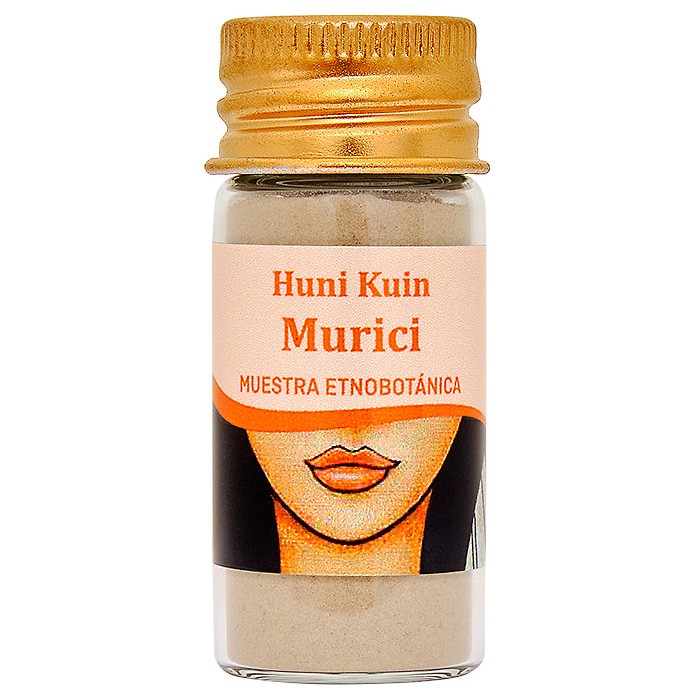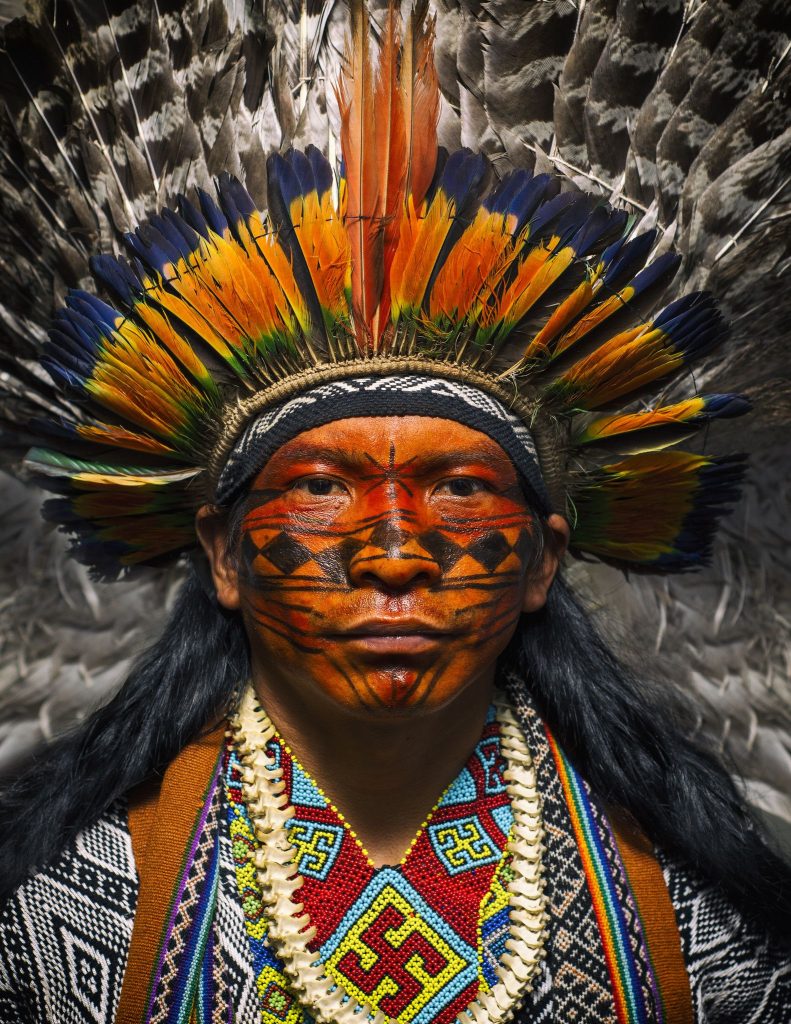Huni Kuin Murici
25,00€
Known as “the rapé of warriors”, this Rapé contains a beautiful masculine balance, grounding, helps connect with our inner power, focus our intention, concentrate and have mental clarity.
This Rapé mixture has a strong energy, with a great relaxing effect on the muscles and the entire organism, and very sharp and clear sensations on a mental level.



